
Over the last few years, the Indian entrepreneurial ecosystem has seen a remarkable growth for the hyperlocal industry – both in terms of the number of startups operating in the segment and the amount of funding secured. But amidst the entire buzz surrounding the industry and its business potential, there have been some rather alarming developments.
While some brands have been able to gain traction for their innovative end-user solutions, several others have failed to survive in the hyper-competitive hyperlocal segment and have ended up either pivoting their business models, scaling down operations or shutting shop completely.
Hyperlocal Startups: Case Studies
Take, for example, the hyperlocal grocery firm Grofers, which recently scaled down its operations in several cities. The reason given for this move was an apparent failure of its marketing efforts to yield the expected consumer volumes and the hesitation of smaller markets in adopting a hyperlocal model.
Mumbai-based food delivery startup TinyOwl, which had raised INR 152 Cr from investors, was also in the news for all the wrong reasons before finally being acquired by Roadrunnr in May 2016.
Foodpanda India recently had to lay off more than 300 employees, accounting for a loss of 15% of its workforce, while Zomato, which has shown overall sustainability, was also forced to lay off 300 employees, mainly at its overseas units.
The Need For Retrospection
These developments underline why Indian hyperlocal startups need to retrospect and take a hard look at the journeys of others to answer questions about sustainability and the road ahead. Many Indian startups have made the classic error of depending entirely on external funding for survival.
With ventures targetting greater user acquisition to secure more funding, the fundamental business strategy of developing robust revenue streams seems to have been buried under a pile of unsustainable discounts and deals. Hyperlocal food delivery startups such as TinyOwl, in particular, have faced several problems because of this approach, which not only drives up the customer acquisition costs, but also makes for poor brand loyalty.
Bad hiring decisions have also played a part in the recent downturn that startups operating in the industry seem to be facing.
While some hyperlocal startups have been guilty of concentrating too much on the technological aspect of their product, several others have faced issues because of poor technology. TinyOwl’s application launch was not very well-received by its users, leading to a drastic decrease in its customer base.
Peppertap, a grocery delivery startup which shut down in March this year despite initially having spread to 17 cities, faced a similar problem. The integration of its app with partner stores was not seamless, posing problems for customer while viewing available inventory. The startup was also under pressure to recruit regularly for its logistics and operations team in order to keep up its promise of two-hour delivery.
Many hyperlocal services also had to close down due to poor unit economics. Ola phased out its pilot projects, Ola Store and Ola Cafe, despite its success as a taxi-aggregator. The charges incurred by Ola on logistics were simply not in proportion with the average order value. LazyLad, another app-based startup, also had to shut down its B2C operations due to low margins and high industry competition.
In Conclusion
All these points highlight why the focus of the industry must shift from cloning Western business models to the ‘local’ in hyperlocal instead. Newer players must learn from the mistakes of their predecessors and realise that no funding amount can make up for a negative cost-to-revenue equation.
Unit economics, scalability and density of the targetted market – these are the factors that will ultimately determine the success of hyperlocal startups in the country.





















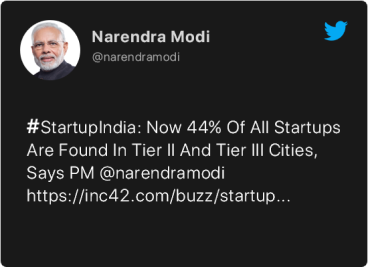
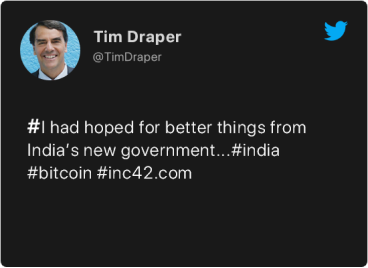
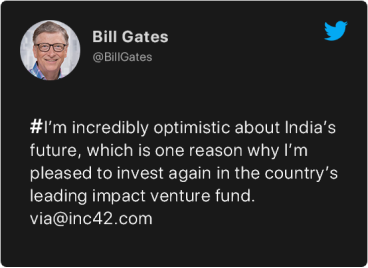

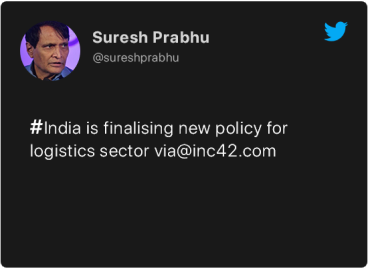
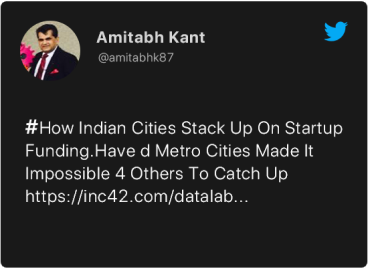
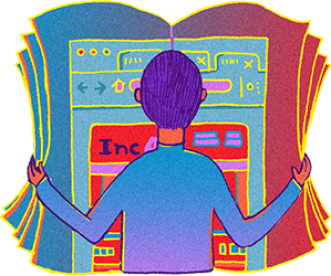

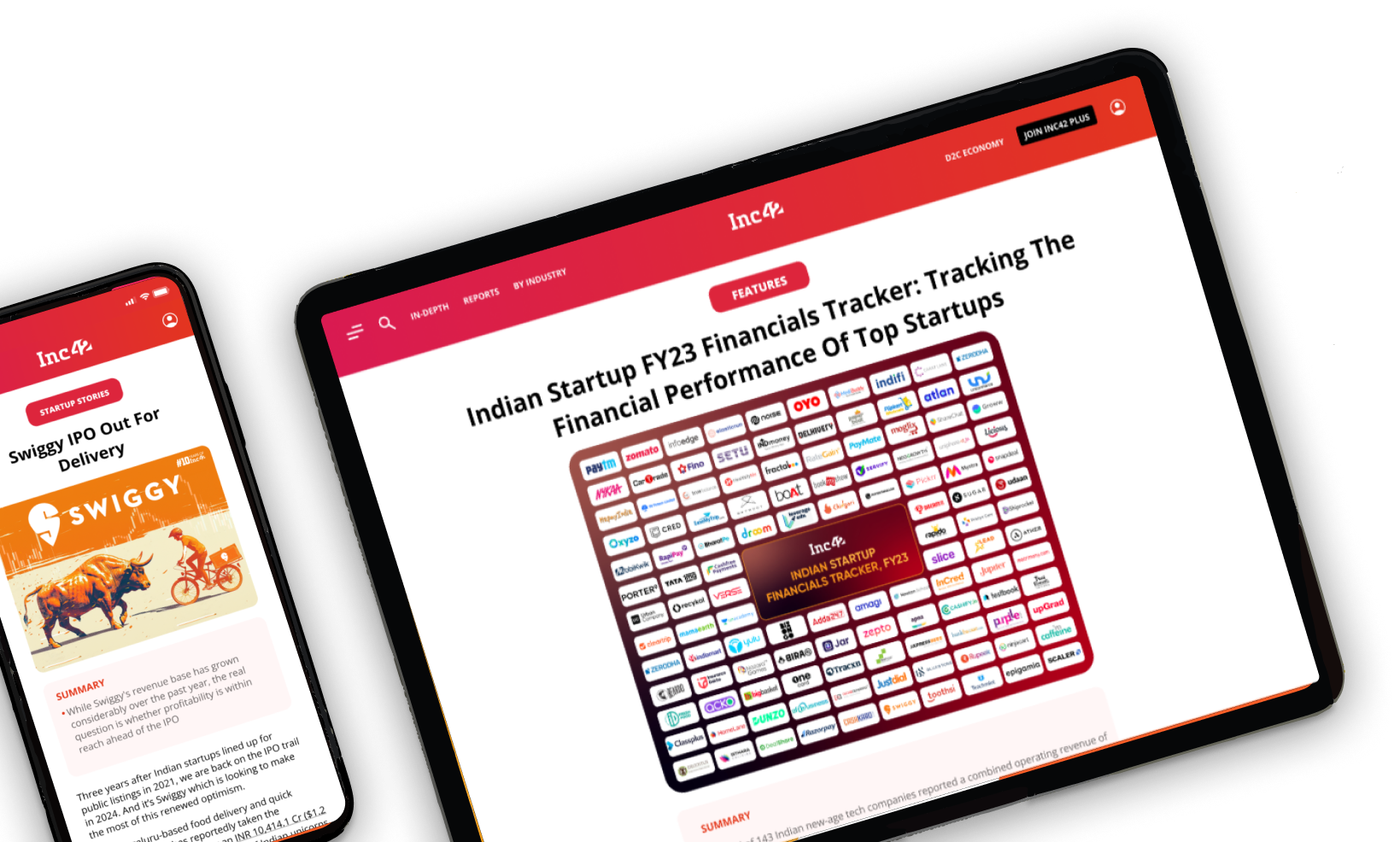
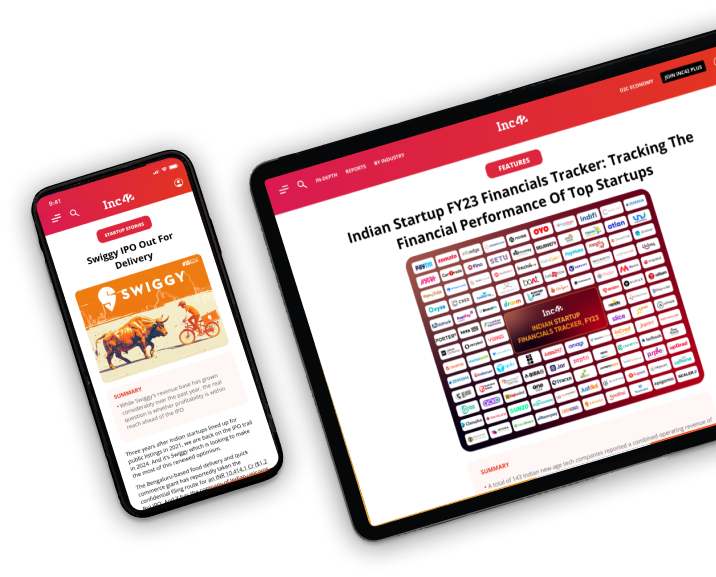
 Ad-lite browsing experience
Ad-lite browsing experience